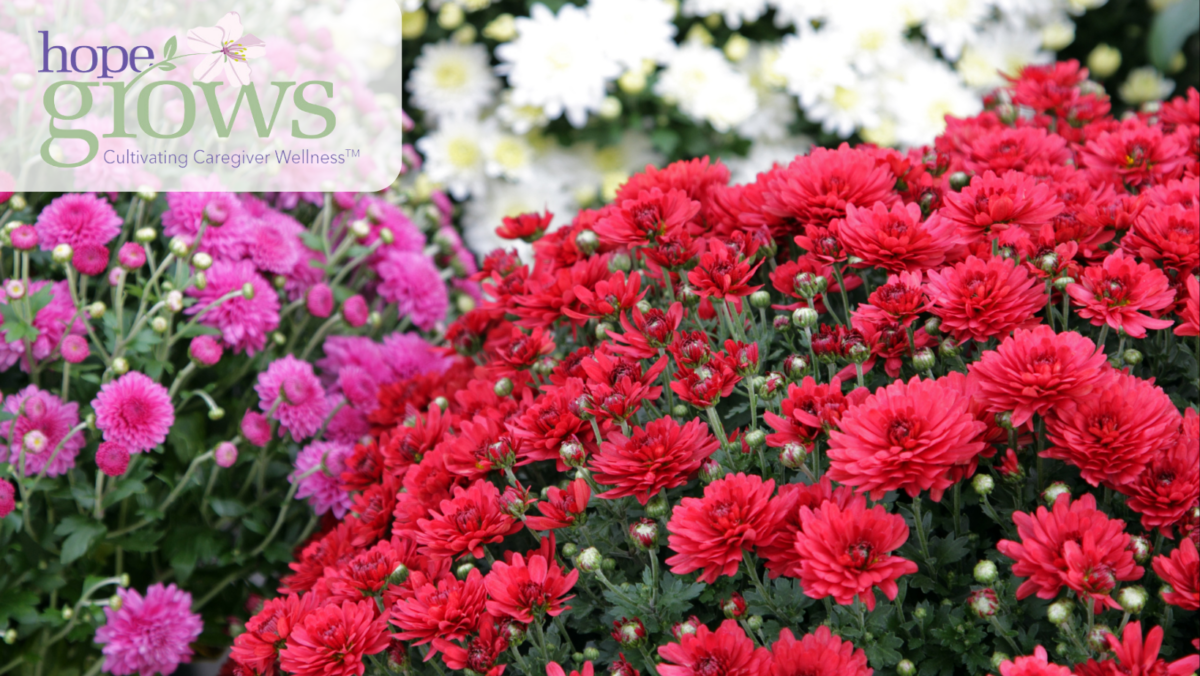Steadiness
I woke this morning and the temperatures were cooler and the sky clear and blue, almost an azure blue. There is a lot of historical significance, biological function, cultural and religious significance and symbolism of this color. Biologically, the true color of Azure is rare in living organisms – perhaps a bluebird or blue butterfly?
I was surprised to learn that blue jays are not actually blue and that their blue hue is the result of Rayleigh scattering. Without turning this blog into a science lesson on color, I was fascinated by what I was reading, but then really disappointed to learn about Rayleigh scattering. It not only is a phenomenon that happens with the sky being Azure blue, but is a result of pigment, protein, wavelengths, and refraction.
None the less, the feeling that this Azure blue sky brings remains the same for me, a sense of peace and calm, as well as nostalgia, the one thing that we all seem to strive for in this crazy mixed-up world we live in. I think about the predictability of this phenomenon and the consistent steadiness with which nature provides.
The heat and little rain this summer has also been steady. A lot of water from the spigot has been used this summer, keeping the plants alive. The water bill sure did confirm how much…ouch! The rise of food, gas, and energy has been steady as well. I ask myself, what is going on and how can our nation’s financial security change in such a few short years?
Putting the azure sky and the rise of the cost of living aside, what does steadiness truly mean for caregivers and the Hope Grows Care Model? From a definition standpoint, steadiness is defined in different ways and it depends on the dictionary source you are using as a resource. The Cambridge organization defines steadiness from a behavioral standpoint as “being reasonable and showing good judgment,” so that people trust you. The Merriam-Webster site defined steadiness as “the state of continuing without change.” And one more (as I like to describe things in three for some reason), the Oxford site defined the word as “the quality of being sensible and reliable and the fact of being stable and not changing.”
When I think of caregiving with this month’s focus, I think of the steadiness of the care receiver and how often a caregiver might be watching how quickly the physical stability of their loved one’s gait, balance when they stand, or, in some cases, their ability to be behind the wheel of the car changes. Caregiver concerns about steadiness and when is it appropriate or even permissible to override their loved one’s decisions regarding safety and medical CURE and care.
From the caregivers’ point of view, sensibility and reliability of putting safety first is a decision that needs steadiness. However, concern and fear creep in…knowing that overruling their loved one by taking the keys to the car is going to upset the apple cart, so to speak. From the care receiver’s standpoint, the steadiness of knowing what is reasonable and showing good judgment is not being met with trust. In this case, the steadiness seems to be at odds with the dynamic and sometimes chaotic nature of caregiving.
Caregivers need to remain strong and steadfast because it can serve as a stabilizing force. Remaining steadfast allows caregivers to remain calm in the face of challenges, balanced in their responses to the needs of others, and grounded in their own self-care practices. This steady approach helps to create a nurturing environment, both for the caregiver and the one receiving care. It also fosters a sense of peace and resilience, enabling caregivers to find joy even in difficult moments.
Some things to consider to remain steady: cultivate mindfulness, set clear goals and priorities, establish routines, manage stress effectively, embrace flexibility and adaptability, practice self-compassion, stay connected with your values, build a support system, continue to learn and grow, and take care of your well-being.
Wow! That is a lot. Just know that by embracing some of this, you can prevent burnout and continue to provide compassionate care with a joyful heart. Those tough decisions of taking away the keys is about setting boundaries of safety. Being sensible and steady, in this case, is NOT negotiable. Just like the Rayleigh’s scattering, at first the explanation of it all seems mean, disappointing, and, well, feeling like we are being tricked. I’m sure your loved one feels this way too, but in the end, peace, calm, and eventually joy can be the result.
So, let the phenomenon of the BLUE in nature be a reminder that caring for others doesn’t mean losing sight of one’s own balance and well-being—it means integrating these qualities to sustain both joy and the capacity to care.
Written by Lisa Story, MSCP, LPC, CT
Hope Grows Founder & Clinical Director




